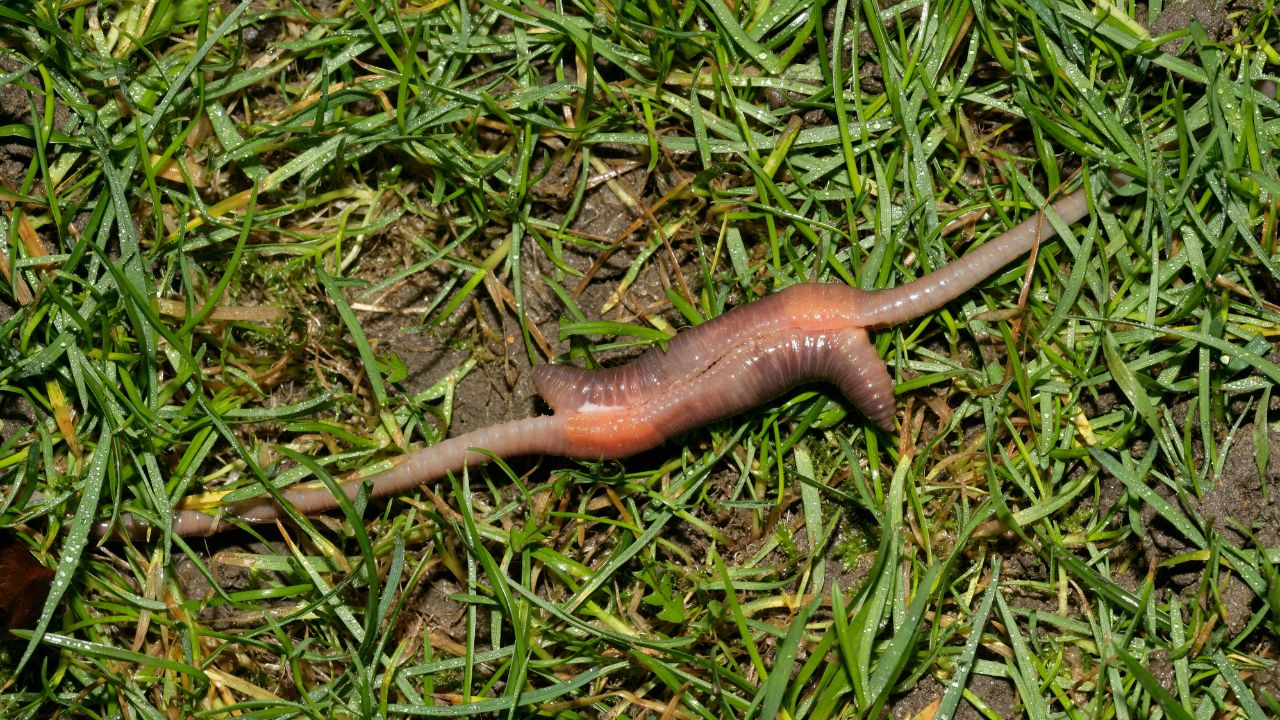Earthworms in the lawn - a big nuisance or valuable helpers?
Unfortunately, some of you will have already experienced this. You have been meticulously tending your lawn for months and after a rainy night in the fall, everything changes. Suddenly, the lush green is covered in numerous small piles of excrement.
The culprits are earthworms, which at worst turn the beautiful lawn into a no-go area, because unfortunately you can also expect residue on your shoes when you walk on it. Before you prematurely declare war on the little pests, we explain the benefits of earthworms and how to get to grips with them.

Little earth dwellers as hard-working garden helpers - what are the benefits of earthworms?
Basically, the small creepers can only be found where they find good living conditions. So there is also a reason to be happy, because your soil seems to be healthy and rich in humus. Earthworms are perfect soil looseners, even if they are blind, deaf and dumb. With their many muscles, they can tirelessly dig tunnels to aerate the soil, lifting up to 60 times their body weight.
Even though they have no teeth, they eat a lot of organic waste. Up to 20 dead leaves per night are eaten from the surface and distributed in the soil as organic fertilizer. Some good gardeners even buy earthworms by the kilo in air bags together with the valuable worm humus to improve the nutrient content of the soil and accelerate plant growth.

Scary garden creatures and the reasons for their presence above ground
Normally the worms stay in deeper layers of soil and dig their tunnels there, which they also use as a toilet. But when it rains and the drops patter on the ground, their flight instinct is probably awakened. Then they push themselves to the surface as quickly as possible, together with their excrement.
Loamy, dense soil amplifies these rain vibrations, whereas they are weakened in loose, sandy soil.
You can also test this yourself by causing the ground to vibrate slightly. Another trigger for the rise of earthworms can be moles. Their tireless digging not only panics every gardener but also the crawling insects, who don't want to end up as a snack.

Sanding and scraping - so the worm stays where it belongs
We already know how useful earthworms are. But how do you get them not to leave the soil? A good method is to scarify the lawn in spring and then sand it. This creates a buffer on the surface that reduces vibrations in the soil. As a result, the sensitive senses of the little helpers are not disturbed and the worms can go about their work in a relaxed manner without fleeing upwards.
The sand layer can be spread quickly and easily with our Rasenrakel . The result is happy insects and a beautiful lawn. The combination of sand and Rasenrakel also evens out any unevenness and provides natural drainage.

Info box "What to do in case of earthworm infestation?"
- In sunny weather, the manure dries out and can be leveled directly with our Rasenrakel - the perfect organic fertilizer for your lawn!
- Wait and see, because the next heavy downpour will probably wash them away
- If you want to do something good for other garden plants, collect the humus with a small shovel and dry it. It can then be used as a natural plant fertilizer the following year.
- For the nocturnal and impatient among you, relocation in damp weather is a good idea.Tip: As the light of a flashlight would scare the worms away, it is advisable to cover them with red foil. Then nothing stands in the way of relocation in the bucket and the earthworms can provide valuable services elsewhere in the garden.




